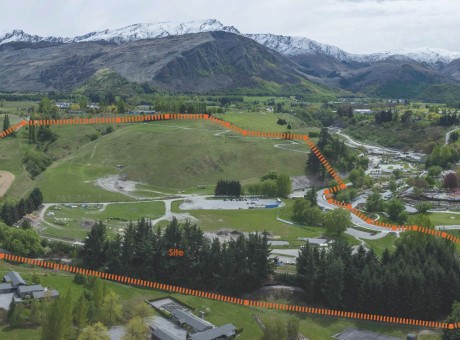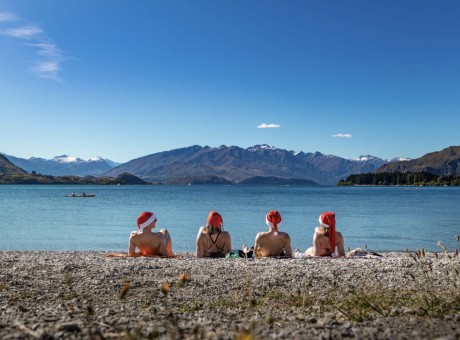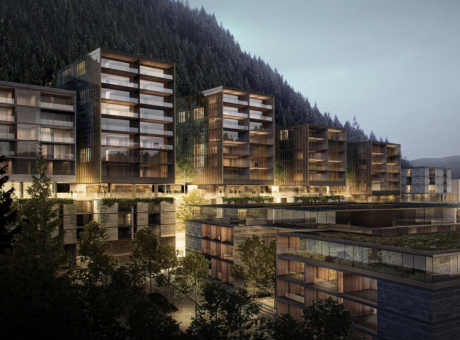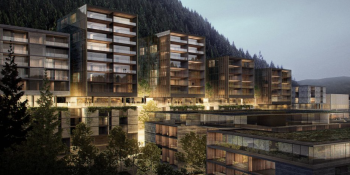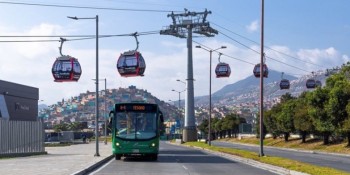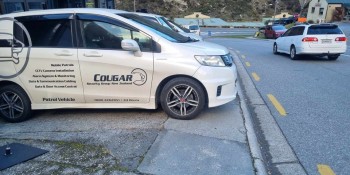June date set for decision on Remarkables' new chairlift
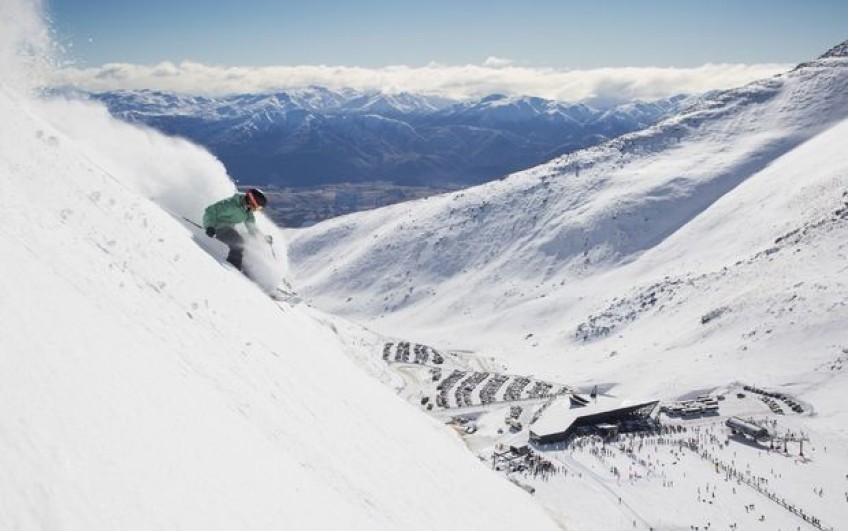
The Department of Conservation's decision on NZSki’s request to relocate a chairlift in the Remarkables will arrive next month.
They’ve pencilled in June 20 as the announcement date on the company's proposal to replace the current Shadow Basin chairlift, which is more than 30 years old and has “exceeded its current working life”, according to NZSki.

The proposed location of the new top station location from NZSki's application
Whilst the decision is under discussion, Janine Sidery, who works in the region as a delegate of the Director-General of Conservation, has analysed the points made by the public and released a report today (May 10).
This recommendation report has been passed onto a delegate for the Minister of Conservation, Aaron Fleming, for consideration.
In the report, Ms Sidery accepts or rejects comments made by the 24 members of the public on NZSki's proposal, based on their relevance to the Conservation Act 1987 and the Otago Conservation Management Strategy 2016.
For this reason, the submissions regarding the economic benefits ski tourism has on the local economy have not been recommended by Ms Sidery for consideration in the final decision.
This includes Queenstown-based economist Benje Paterson’s support for the proposal based on the fact “Skiing holidaymakers in Queenstown-Lakes during the 2019 ski season spent an estimated $430.9 million” and the GDP generated by skiing holidaymakers makes up 14 percent of Queenstown-Lakes’ entire tourism industry.
However the effect of global warming and climate change is an important factor to consider, Ms Sidery believes. She supports comments made by the Queenstown Climbing Club saying the proposal “fails to consider the future of the snow sport industry in the face of climate change” and ignores studies that show ski resorts may not be viable in the future.
“The addition of a chairlift and change of landscape, including disturbance of fauna and flora is unjustified when faced with the uncertain future of the skiing industry," Queenstown Climbing Club's submission says.
This recommendation has been passed on with an included rebuttal from NZSki saying that the country’s ski industry remains viable. NZSki notes other major New Zealand operators have made large investments into the industry in the past few years.
Ms Sidery also accepts a few comments from Forest and Bird.
She is supportive of a recommendation from Forest and Bird that a “substantive contribution” should be made to the department’s land acquisition fund to enable the possible purchase of another conservation area or towards other conservation work that protects the birds that reside in that area - kea and falcon.
Ms Sidery also recommends that the minister may seek further information from NZSki regarding the effect of the new chairlift, as Forest and Bird believe not enough assessment of the imposing effects on the environment had been included in the application.
Forest and Bird says that since NZSki did not undertake an invertebrate survey and limited a herpetological survey, they had failed to accurately assess the area’s biodiversity and ecosystem.
Without this information, Forest and Bird believes NZSki's proposed methods to avoid, remedy or mitigate the adverse effects are inadequate.
Forest and Bird has also raised objections to the new location of the chairlift, which Ms Sidery has recommended for consideration.
NZSki is proposing to place the top station at a different location, veering south of the previous spot and at a higher elevation of 1,986 metres. The new station means The Calypso Trail will be extended by 363 metres to connect with the existing start of the trail.
There would also be the Cushion Trail, beginning 50 metres from the top station and stretching 183 metres to connect with the Alta Chute.
In their objections, Forest and Bird ask why the chairlift could not be replaced in the same location, and questions the necessity of placing it in a higher location and creating two short extension trails.
“It is assumed that extending accessibility to higher elevation is required because of less snow at lower levels due to the effects of climate change."
Ms Sidery accepts this comment, saying that the minister should consider whether NZSki could reasonably use the existing structure rather than building a new one.
In its proposal, NZSki says the current Shadow Basin lift notes the age of the current lift and its inefficiency to transport skiers.
The current model is a four-seater, fixed-grip lift. The requested new lift is a six-seater, detachable, express lift, described as the “modern standard”.
It will be able to transport an extra 900 people up the hill per hour, increasing the lift's capacity by 60 percent, from 1,500 to 2,400 people.
The New Zealand Alpine Club, Queenstown Climbing Club and UphighNZ all raise concerns that the proximity of the new chairlift’s top station to the Lake Alta Cirque would impact other recreational activities – such as mountaineering, alpine climbing, and tramping.
In its submission, the New Zealand Alpine Club says having more skiers near the Lake Alta Cirque could result in a loss of peace and quiet for the people recreating in this area.
The Queenstown Climbing Club is concerned the new chairlift’s top station would be visible above Lake Alta taking away from the natural character, remoteness and scenic qualities of the area.
NZSki has rebutted saying the station would not be visible above the Lake Alta Basin.
However, Ms Sidery recommends the minister consider points raised by the New Zealand Alpine Club, Queenstown Climbing Club and UphighNZ that not enough investigation has been conducted on adverse effects.
Ms Sidery also recommends a comment from Ross Copeland - a former Coronet Peak Ski Area manager - that NZSki has a "track record of excellence in the development of alpine infrastructure" and in the past has successfully undertaken low impact earthworks, re-vegetation, soil conservation, waste and biodiversity management has been recommended
NZSki has also lodged another proposal with the Department of Conservation, requesting to have a commercial concession within the Remarkables Conservation area for 40 years.






